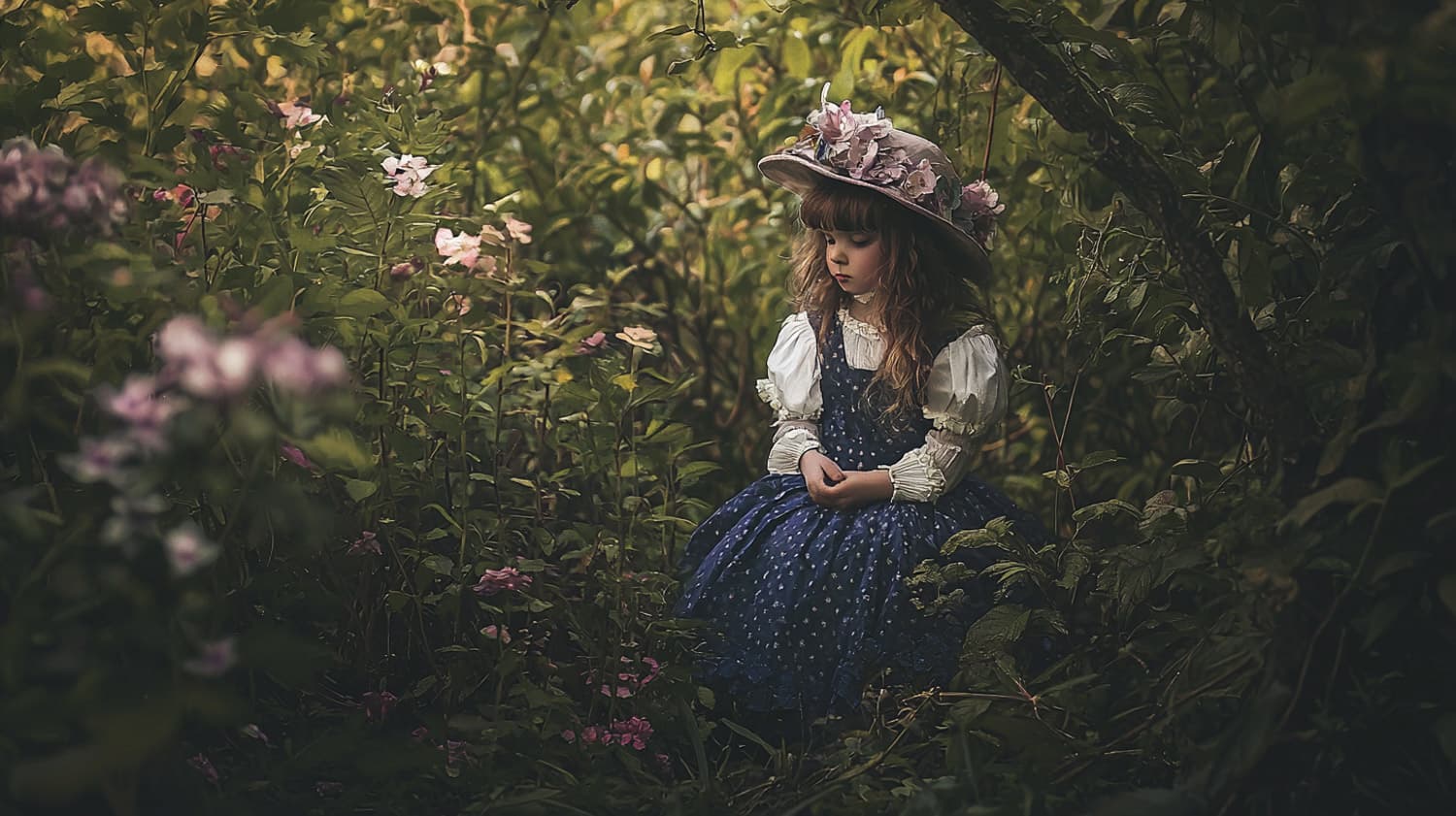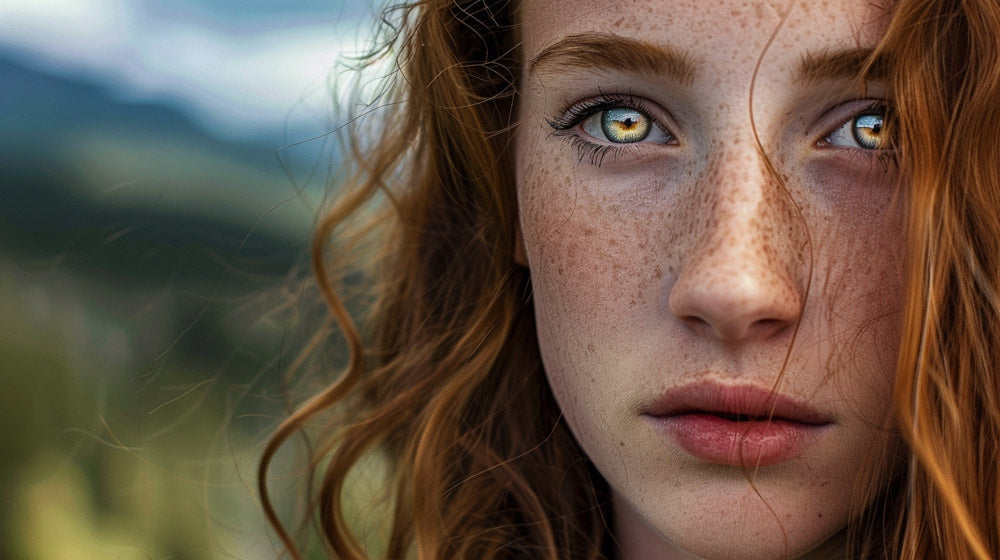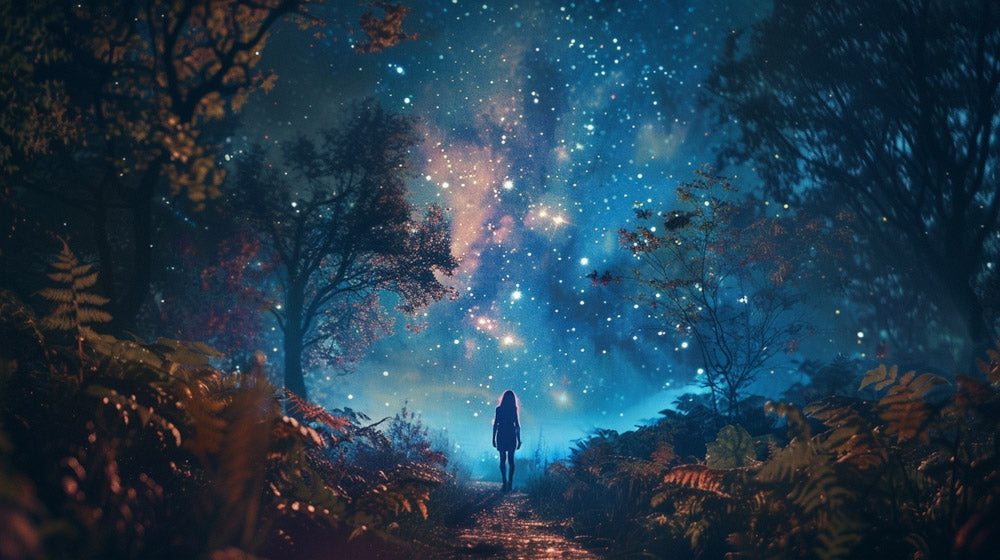Lewis Carroll, born Charles Lutwidge Dodgson, was a multifaceted Victorian-era figure known for his literary works and photographic pursuits. His pen name graced beloved children's classics like "Alice's Adventures in Wonderland," captivating readers with whimsical tales and clever wordplay.
Beyond his literary achievements, Carroll was also a prolific photographer who found his niche in capturing portraits of children during the medium's early days.
Carroll's photographic endeavors began in 1856, coinciding with the adoption of his famous pseudonym. He quickly developed a passion for photographing children, producing images that reflected emerging Victorian concepts of childhood.
His photograph of Alice Liddell as a beggar child, taken in 1858, stands as one of the era's most iconic depictions of youth.
While Carroll's literary legacy is widely celebrated, his photography career remains a subject of fascination and debate. His child portraits, admired for their artistic qualities, have also sparked discussions about Victorian social norms and the nature of childhood representation.
This dual legacy as both a literary genius and a pioneering photographer continues to intrigue scholars and enthusiasts alike.
Key Takeaways
- Lewis Carroll was both a renowned author and a skilled Victorian child portrait photographer
- His photographs of children reflected and shaped emerging concepts of childhood in the Victorian era
- Carroll's dual legacy in literature and photography continues to spark interest and debate among scholars
Biographical Sketch
Lewis Carroll, born Charles Lutwidge Dodgson, led a multifaceted life as a mathematician, logician, photographer, and author. His journey from a young clergyman's son to a renowned writer and Oxford scholar shaped his literary legacy.
Early Life and Education
Charles Lutwidge Dodgson was born on January 27, 1832, in Daresbury, Cheshire, England. He grew up in a large family as the third of eleven children. His father, a clergyman, homeschooled young Charles until age 12.
Dodgson attended Richmond School in Yorkshire from 1844 to 1846. He then moved to Rugby School, where he excelled academically despite facing challenges with stammering and partial deafness.
In 1850, Dodgson matriculated at Christ Church, Oxford. He earned a Bachelor of Arts degree in 1854, demonstrating exceptional talent in mathematics.
Charles Dodgson to Lewis Carroll
Dodgson adopted the pen name Lewis Carroll in 1856 when he began publishing poetry and short stories. He derived this pseudonym by translating his first two names into Latin, then reversing and anglicizing them.
As Lewis Carroll, he published "Alice's Adventures in Wonderland" in 1865. This fantastical tale, inspired by a boat trip with the Liddell children, catapulted him to literary fame.
Carroll's writing career flourished alongside his academic pursuits. He authored numerous works, including "Through the Looking-Glass" (1871) and "The Hunting of the Snark" (1876).
Academic Pursuits at Oxford
Dodgson became a lecturer in mathematics at Christ Church, Oxford in 1855. He held this position for nearly 26 years, teaching and researching various mathematical subjects.
His academic work included publications on geometry, linear algebra, and mathematical logic. Dodgson's "The Game of Logic" (1886) and "Symbolic Logic" (1896) showcased his interest in logic puzzles.
At Oxford, Dodgson also pursued photography, becoming a skilled portraitist. He particularly excelled in photographing children, a hobby that complemented his literary interests and friendships with young girls.
Literary Accomplishments
Lewis Carroll's literary works captivated readers with their imaginative storytelling, clever wordplay, and whimsical characters. His contributions spanned children's literature, poetry, and even mathematical texts, cementing his place as a versatile and influential Victorian author.
The Wonderland Series
Carroll's most famous works are Alice's Adventures in Wonderland (1865) and its sequel, Through the Looking-Glass (1871). These tales follow the adventures of young Alice as she navigates surreal landscapes and encounters bizarre characters. The books feature memorable scenes like the Mad Hatter's tea party and the Cheshire Cat's grin.
The Wonderland series captivated both children and adults with its blend of nonsense, logic, and social satire. Carroll's portrayal of Alice was inspired by Alice Liddell, the daughter of a family friend. The books' popularity endured long past the Victorian era, inspiring countless adaptations and interpretations.
Poetry and Mathematical Works
Beyond his prose, Carroll excelled in poetry and mathematical writing. His nonsense poem "The Hunting of the Snark" (1876) is considered a masterpiece of the genre. It tells the absurd tale of a crew searching for an elusive creature called the Snark.
Carroll's mathematical background influenced his literary work. He wrote several mathematical texts under his real name, Charles Dodgson. These included:
- "A Syllabus of Plane Algebraic Geometry" (1860)
- "An Elementary Treatise on Determinants" (1867)
- "Euclid and His Modern Rivals" (1879)
His ability to blend logic and imagination made his works uniquely engaging.
Influence on Victorian Literature
Carroll's writing style and themes had a significant impact on Victorian literature. His works challenged traditional narrative structures and embraced the fantastical, paving the way for future authors in children's literature and fantasy genres.
Carroll's use of wordplay, puns, and linguistic puzzles influenced other writers of the time. His ability to appeal to both children and adults with layered meanings in his stories set a new standard for children's literature.
The Alice books, in particular, became cultural phenomena, inspiring numerous literary references and adaptations. Carroll's innovative approach to storytelling and his exploration of identity and growing up resonated with Victorian readers and continue to captivate audiences today.
Photographic Endeavors
Lewis Carroll's photography career spanned over two decades, during which he captured nearly 3,000 images. His work focused primarily on portraiture, with a particular emphasis on children and notable figures of his time.
The Art of Portraiture
Carroll excelled in portraiture, especially of children. He utilized the wet collodion process, a complex technique that required significant skill and patience. This method produced high-quality images with rich tonal ranges.
Carroll's portraits often featured elaborate staging and costumes. He paid careful attention to lighting and composition, creating visually striking images that captured the essence of his subjects.
His approach to photographing children was unique for the Victorian era. Carroll aimed to portray them naturally, often in playful or contemplative poses, rather than the stiff, formal style common at the time.
Innovations in Photography
Carroll was not content with simply mastering existing techniques. He actively sought to innovate and improve photographic processes.
He experimented with different lenses and camera setups to achieve desired effects. Carroll developed a portable studio setup, allowing him to take his photography outdoors and on travels.
His interest in mathematics influenced his photographic work. Carroll explored perspective and optical illusions in some of his compositions, creating visually intriguing images.
He also wrote extensively about photography, sharing his techniques and insights with other enthusiasts.
Prominent Sitters: From Tennyson to Kitchin
Carroll's photographic subjects included many notable figures of the Victorian era. He photographed the poet Alfred Lord Tennyson, capturing the literary giant in thoughtful poses.
Xie Kitchin, daughter of Carroll's colleague, was one of his most frequent child models. Carroll produced numerous portraits of Kitchin over the years, documenting her growth from childhood to young adulthood.
Other prominent sitters included the actress Ellen Terry and the Pre-Raphaelite artists Dante Gabriel Rossetti and John Everett Millais.
Carroll also created self-portraits, offering insight into how he viewed himself as both a photographer and subject.
Legacy and Controversies
Lewis Carroll's life and work continue to fascinate and puzzle scholars and readers alike. His enduring legacy is accompanied by ongoing debates about his relationships and artistry.
Interpreting Carroll's Relationship with Children
Carroll's interactions with children, particularly young girls, have been the subject of intense scrutiny. His numerous photographs of children have fueled speculation about his motives and sexuality. Some biographers argue these relationships were innocent, reflecting Victorian ideals of childhood purity.
Others view them as problematic by modern standards. Carroll's diaries, with missing pages, have added to the mystery. Douglas R. Nickel, an art historian, suggests Carroll's interest in child photography was part of a broader Victorian fascination with childhood innocence.
Modern Views on Victorian Photography
Carroll's photographic work is now evaluated through a contemporary lens. His nude studies of children, acceptable in Victorian times, raise ethical questions today. Art historians emphasize the need to understand these images within their historical context.
Victorian child portrait photography was a popular genre, not unique to Carroll. Modern scholars analyze these images for insights into 19th-century attitudes towards childhood and art. Carroll's technical skill as a photographer is widely recognized, despite the controversy surrounding his subjects.
Carroll's Enduring Influence in Culture
Carroll's literary works, especially "Alice's Adventures in Wonderland," have left an indelible mark on popular culture. His inventive wordplay and surreal narratives continue to inspire writers, filmmakers, and artists.
Carroll's influence extends beyond literature, impacting fields like mathematics and logic.
His characters, such as the Mad Hatter and the Cheshire Cat, have become cultural icons. Carroll's ability to blend nonsense with profound observations ensures his relevance in contemporary discussions of creativity and imagination. His work remains a staple in children's literature and academic study.
Frequently Asked Questions
Lewis Carroll's life and work inspire curiosity among readers and scholars alike. His literary contributions, personal life, and photography career raise intriguing questions that shed light on this multifaceted Victorian figure.
What are some well-known quotes attributed to Lewis Carroll?
Carroll's works are filled with memorable lines. "We're all mad here," from Alice's Adventures in Wonderland, captures the whimsical nature of his writing. Another famous quote is "Curiouser and curiouser!" which Alice exclaims during her adventures.
"Sometimes I've believed as many as six impossible things before breakfast" from Through the Looking-Glass highlights Carroll's penchant for imaginative thinking.
What interesting facts should one know about Lewis Carroll's life and work?
Carroll's real name was Charles Lutwidge Dodgson. He was a mathematician and logician in addition to being an author.
Carroll invented numerous word games and puzzles. He suffered from a stammer throughout his life, which may have influenced his creative wordplay.
His book Alice's Adventures in Wonderland has been translated into at least 174 languages.
Can you provide insight into Lewis Carroll's career as a Victorian child portrait photographer?
Carroll was an accomplished photographer, particularly known for his portraits of children. He began this hobby in 1856 and produced over 3,000 photographs during his lifetime.
His photographic subjects included notable figures like Alfred Tennyson and the children of Queen Victoria. Carroll's photography often reflected the Victorian fascination with childhood innocence.
When was Lewis Carroll born and what was his contribution to literature?
Lewis Carroll was born on January 27, 1832, in Daresbury, Cheshire, England. He made significant contributions to children's literature with his imaginative and nonsensical stories.
Carroll's most famous works include Alice's Adventures in Wonderland (1865) and its sequel Through the Looking-Glass (1871). These books revolutionized children's literature with their blend of fantasy, wordplay, and logic puzzles.
What is known about Lewis Carroll's personal life, such as marital status?
Carroll never married and remained a bachelor throughout his life. He was ordained as a deacon in the Church of England but never became a priest.
Carroll maintained close friendships with many families, especially those with young children. His relationship with the Liddell family, particularly Alice Liddell, inspired his most famous works.
How did Lewis Carroll pass away, and what legacy did he leave behind in the literary world?
Lewis Carroll died on January 14, 1898, in Guildford, Surrey, from pneumonia following influenza. He was 65 years old.
Carroll's legacy in literature is immense. His Alice books remain among the most quoted works in English, influencing countless authors, artists, and filmmakers.
His unique blend of fantasy, logic, and wordplay continues to captivate readers of all ages.





















